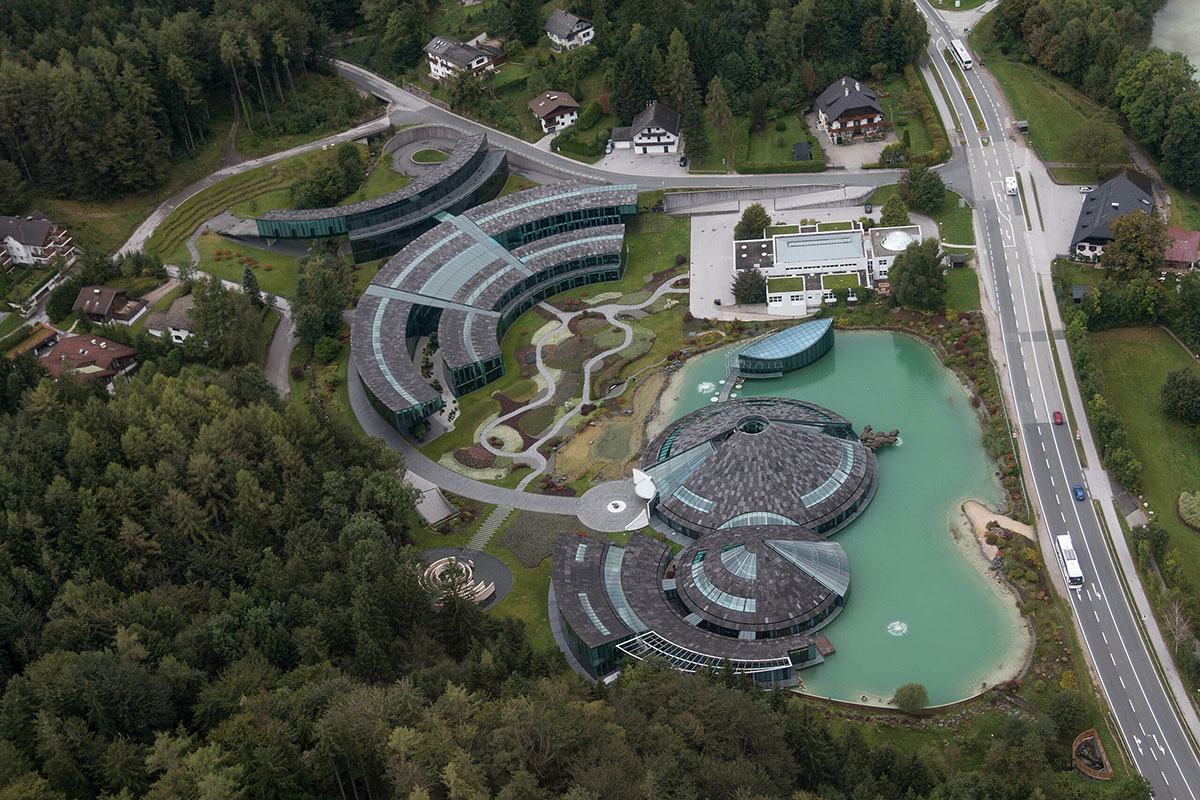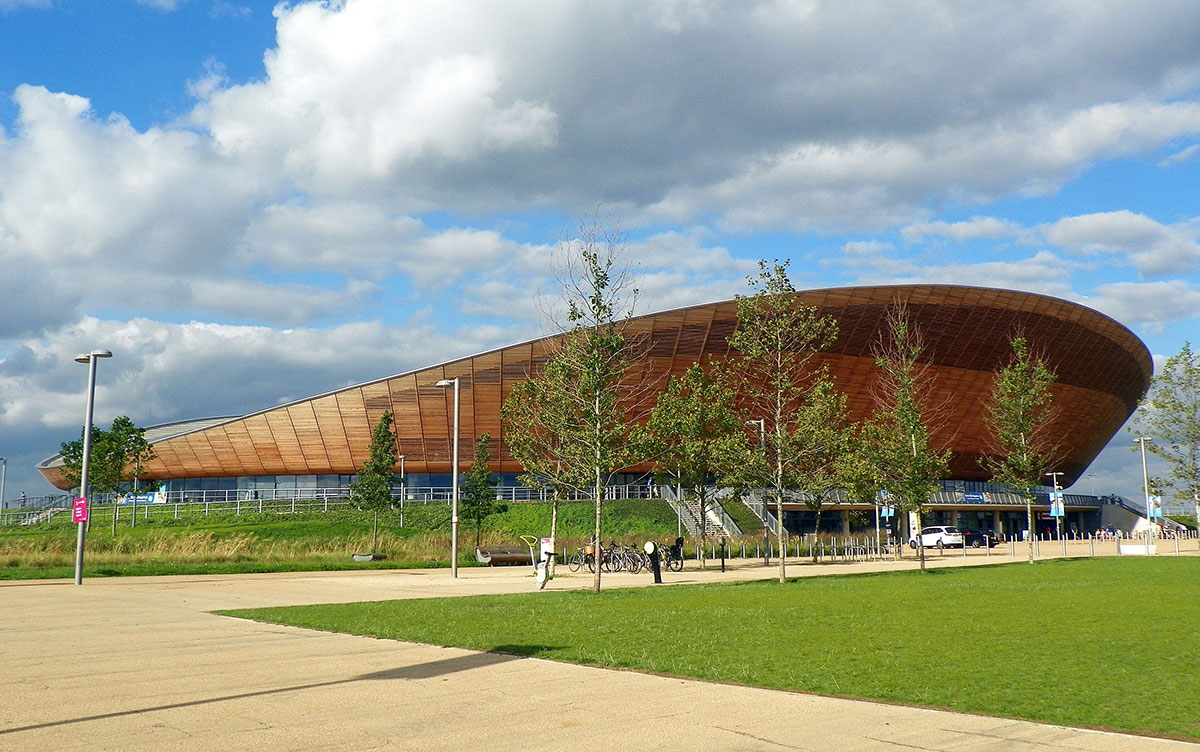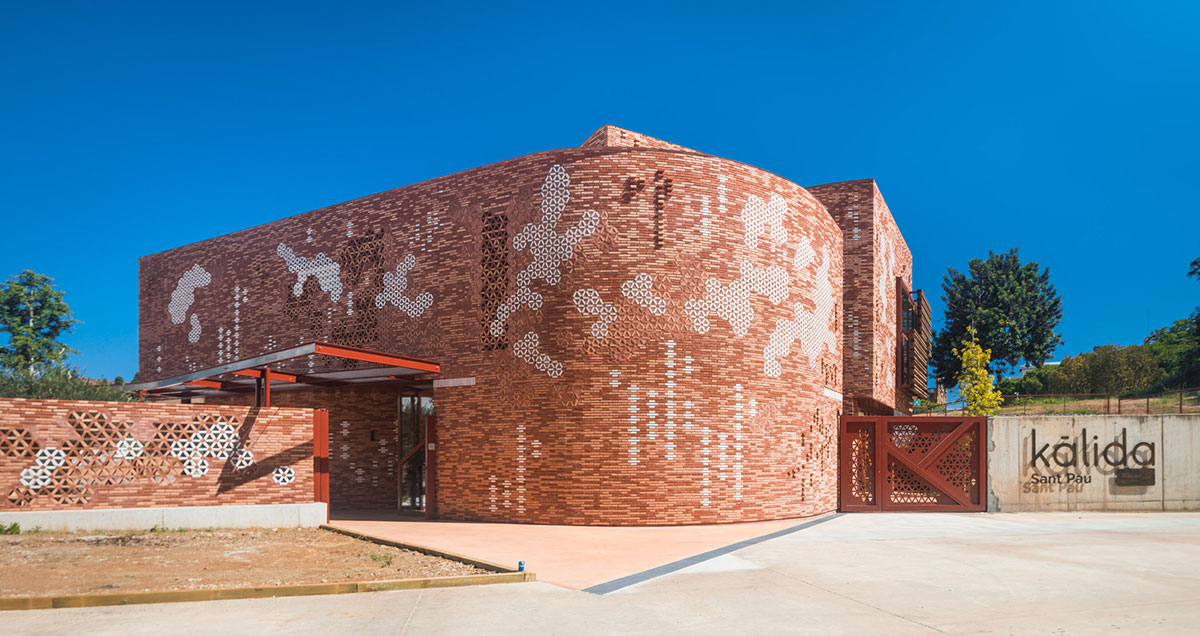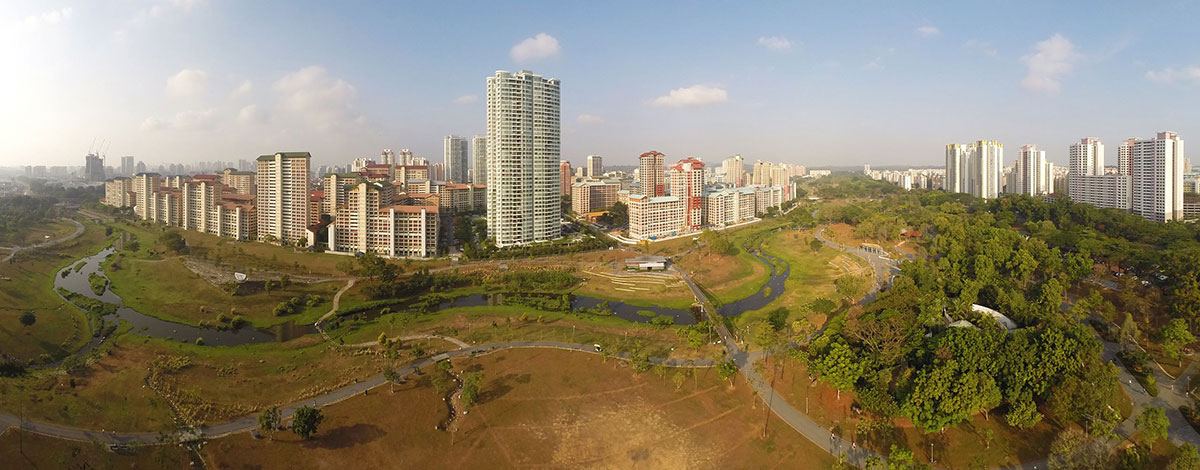The architecture of sports facilities is applied to buildings that generally perform two functionalities: as training spaces for elite and professional athletes; or for the promotion of an active and healthy lifestyle among the general public.

Aspire Dome, by Nationhillmedia - CC BY-SA 4.0
In the field of elite and professional sport, architecture is increasingly adopting advanced technologies that enhance athlete performance. For example, the Aspire Dome in Doha, Qatar, stands out for its integration of the latest technologies into its architecture. Therefore, thanks to a system of real-time analysis and testing of various parameters and training simulators, the performance of the athletes using its facilities is known at all times.

Red Bull Athlete Performance Center - Public Domain
In addition, recovery facilities such as the Red Bull Athlete Performance Center in Austria incorporate hyperbaric chambers and cryotherapy, which are essential to facilitate the rehabilitation of athletes.

Lee Valley VeloPark, by Peter O'Connor - CC BY-SA 2.0
For non-professional amateur users, the promotion of an active lifestyle is achieved through inclusive design and accessible architecture. The Lee Valley VeloPark in London, UK, for example, offers facilities suitable for users with functional diversity.

Centre Kalida, by Fundación Kalida - CC BY-SA 4.0
But the creation of multifunctional spaces also plays an important role, as seen in the Kalida Sant Pau Centre in Barcelona, Spain, a sports centre that promotes a wide variety of physical and wellness activities.

Bishan-Ang Mo Kio Park, by Chensiyuan - CC BY-SA 3.0
The integration of natural environments, as in Singapore’s Bishan-Ang Mo Kio Park, not only enhances the amateur athlete’s experience, but also provides psychological and physical benefits to residents, by creating a pleasant natural environment.

Mercedes Benz Stadium, by Atlanta Falcons - CC BY 3.0
Finally, sustainability plays a key role in the design of state-of-the-art sports facilities, as seen in the Mercedes-Benz Stadium in Atlanta, USA. This sports centre uses renewable energy and features an energy-efficient design to promote the health of the environment and its users.
By Juan Guardiola Cutillas, Senior Architect in Amusement Logic’s Architecture Department





